
Circle, which issues the US dollar-linked stablecoin “USD Coin (USDC),” is increasing its presence in Asia. The company’s co-founder and CEO Jeremy Allaire, who visited Japan in June, says he has begun to consider issuing the company in Japan.
Stablecoins, which are issued on blockchains and enable cross-border payments and remittances, are increasingly being used in emerging markets such as Africa and South America, as well as crypto asset (virtual currency) trading markets. In Japan, the revised Payment Services Act came into force in June, making it possible to issue stablecoins positioned as an electronic payment method.
USDC currently has a circulation of approximately $28 billion (approximately ¥4 trillion). In order for USDC to be pegged to the U.S. dollar, Circle created a fund worth approximately $28.1 billion as backing assets. Its main assets are US dollars (cash) and short-term government bonds. BlackRock, the world’s largest asset manager, is one of Circle’s shareholders and manages the fund.
We asked Allaire CEO about Circle’s global strategy and future initiatives in Japan.
US Hegemony and Stablecoin Regulation
──Looking at the US market, the entire crypto asset market is shaking, such as the SEC (Securities and Exchange Commission) suing Coinbase. In terms of regulation, it seems to be lagging behind the EU, but how will the US government proceed with the development of regulations for crypto assets in the future?
First of all, US e-money regulations and anti-money laundering requirements for crypto companies have been in place for a very long time. We are one of the most highly regulated companies in the industry. So the idea that there is no clear regulation in the US is not accurate.
We started USD Coin (USDC) as a regulated product under the same rules as electronic money such as PayPal and Apple Pay. It is also regulated by the NYDFS (New York State Department of Financial Services), the regulatory body for stablecoins, and has operated in a highly compliant manner. Even before other countries introduced explicit regulations.
And now, the market capitalization of stablecoins has grown, and dollar-linked staplecoins have spread to almost every market in the world. Three years ago, the U.S. government said that it was necessary to implement a unified stablecoin policy around the world at a gathering of governments around the world.
The U.S. government took the lead at the G20, pushing the G20 to formulate recommendations for stablecoin policy. And it actually happened about three years ago. G20 countries agreed after recommendations on stablecoin regulation from the FSB (Financial Stability Board). In other words, the G20 countries must receive this recommendation and develop new domestic laws.
The EU, Japan, Singapore, Hong Kong, South Korea, the United Arab Emirates (UAE), and the United Kingdom have developed legislation. Authorized regulators to regulate stablecoins. Such developments are happening all over the world.
Of course, different countries have different ways of making new rules. Unlike Japan, the UK, and the EU, the US requires a resolution of Congress to create new rules. As such, there is a tremendous amount of work being done to develop new US stablecoin regulations, with input from the Federal Reserve, Treasury Department, White House and Congress.
In fact, Congress will soon pass a very important resolution to move the stablecoin bill forward. It’s not the final resolution, but it’s the first major resolution. In other words, we see a lot of progress in America. By the end of next year, all major global markets will have established regulations for stablecoins.
Stablecoins will become something like official electronic money, and their usage will spread everywhere. We believe that the introduction of regulations in markets around the world will lead to greater mass adoption. Currently, the penetration rate is still very small, but it has the potential to be used by billions of people around the world. It will not be realized unless domestic laws are developed in each country.
Over the next three to five years, I believe that stablecoins will go from being used only in the cryptocurrency market to being used by people and businesses around the world.
Markets targeted by Allaire CEO
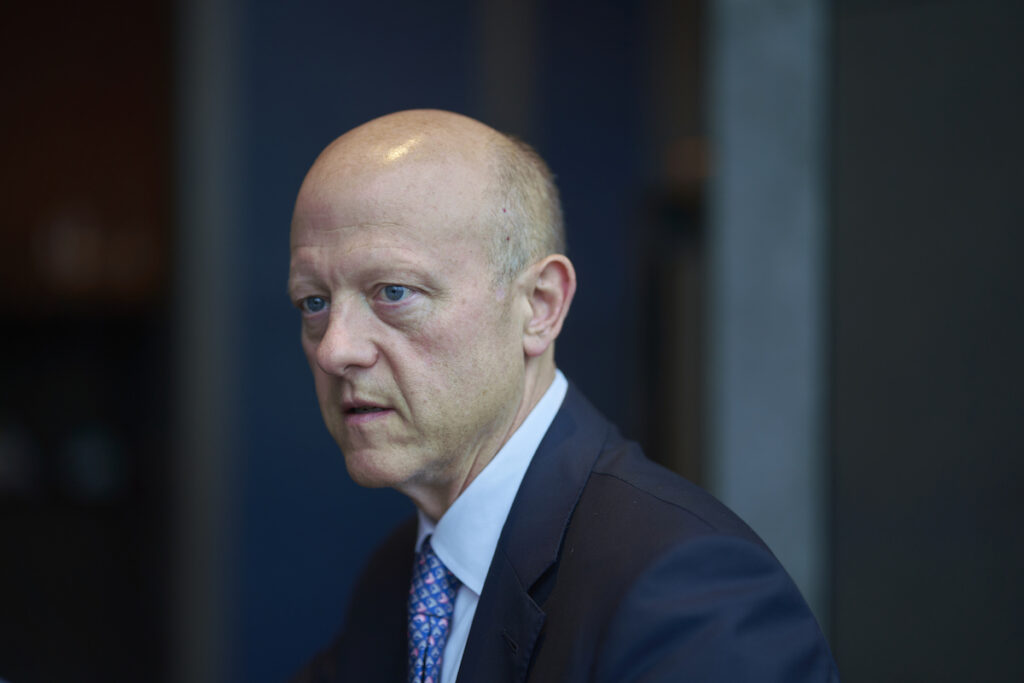

–Investment firm Bernstein said in a report that Real Assets (RWA) tokenization, driven by stablecoins, central bank digital currencies (CBDCs) and security tokens, will reach $5 trillion over the next five years. Which geographic markets do you think will drive stablecoin use cases in the next year or two? For example, the Global South, which includes Africa?
There is demand for digital dollars in many markets around the world, some of which are used for investment and trading. Demand from emerging markets is increasing. Demand is growing in Africa, Latin America, and Southeast Asia as people and businesses seek stability in the dollar, as well as the convenience of making online transactions easier.
A little over a week ago, it announced a partnership with Yellow Card, Africa’s largest cryptocurrency trading service. Yellow Card is currently promoting USDC in major African cities, telling them how to get it, and also providing the ability to convert from local currency to USDC. We are now developing partnerships in all markets where the demand for digital dollars is growing.
──How do you perceive the EU, North America, Asia, especially Singapore and Japan?.
We believe there is already strong demand and use cases for stablecoins in certain Asian markets. Financial centers like Hong Kong and Singapore are already big markets for dollar-backed stablecoins and we have clients in these regions.
It has just obtained a Major Payment Institution (MPI) license to expand its business in Singapore. Demand for USDC is very high in Southeast Asia. Demand in Europe will also grow. Once regulation is put in place, it will create an environment in which fintech companies, financial institutions and businesses can use stablecoins for different types of transactions.
“Deposit Tokens” and “Stablecoins”
–J.P. Morgan Chase, the largest US bank, released a report on the “Deposit Token” earlier this year.How do you think deposit tokens and Circle’s stablecoins will be used around the world in the future??
Our focus is on the use of a digital dollar that works across different financial institutions and different markets around the world. And to build things like open protocols and open standards that are extremely easy for any developer to develop and use. This is USDC’s development stance, and we believe that an open internet-based model is the most innovative.
We also believe that a full reserve model (a model in which assets backing 100% of issued stablecoins are held as reserve assets), in which the assets backing the tokens cannot be lent out, is also important. The underlying assets of the token cannot be loaned out. I think that would be a more secure foundation.
Tokenized bank deposits are exclusive to specific banks and their customers, and are not open to the entire internet. It may be convenient for some bank customers. However, it is not widely used all over the world. We believe that public blockchain-based stablecoins are a better fit.
Banks take risks by turning deposits into loans. Of course JP Morgan is a very secure bank and one of the largest in the world. I’m not going to criticize JPMorgan’s safety. But we believe a full-reserve model is the best foundation for an internet-scale financial system and the most secure digital cash.
Japanese Market Development of Circle
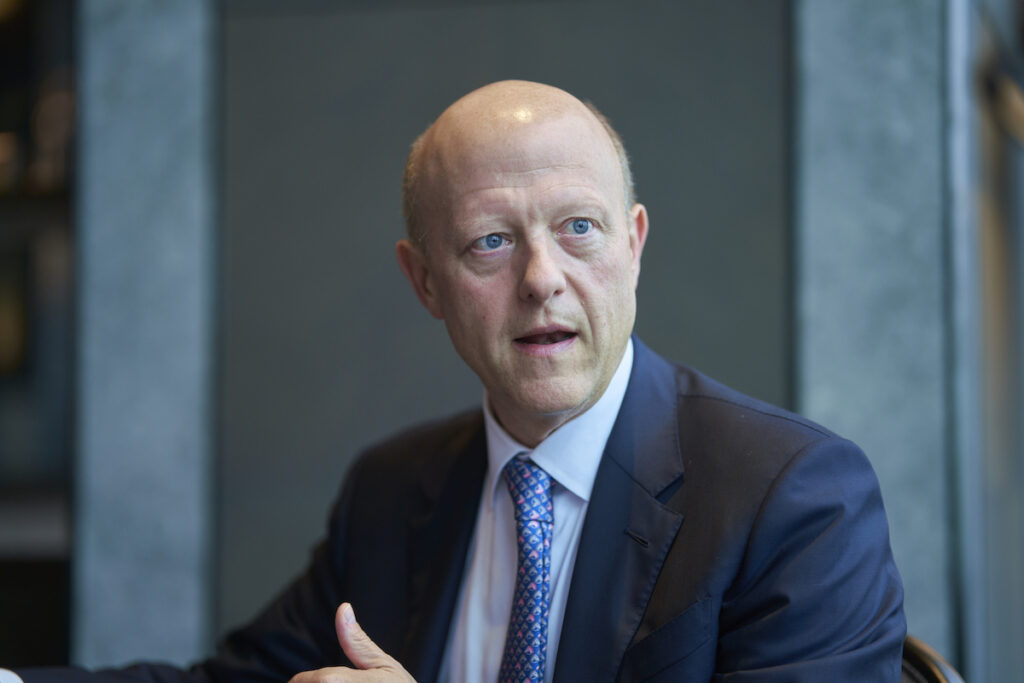

──Japan is currently the third largest economy in the world, but it is facing the problem of population decline and aging. After 30 years of economic stagnation, monetary easing continues against the global trend. In the next three to five years, what kind of position will Japan hold for circles?Do you see it as an important market?.
As a global company, we want to grow in large markets around the world. USDC is already used in 190 countries. Japan has a long history of cross-border trade, foreign currency transactions, and global commerce. If stablecoins become more widely used for such purposes, we believe that Japan will become an extremely large market.
Specifically, the new stablecoin regulations that have just come into force are a very important first step, providing an excellent framework for governments and stablecoin issuers. It is also the first initiative to establish a framework for the use of stablecoins overseas. Not many countries have done this and I consider it the most important thing the government and the FSA have done.
We hope that Japanese companies, financial intermediaries, digital asset exchanges and fintech companies will be able to use USDC. Of course, we are carefully considering the new rules and how the USDC will be used in the Japanese market.
We also have several new products. Known for its USDC, Eurocoin and stablecoin infrastructure, it has also introduced a new technology product dubbed “Circle Web3 Services”. In fact, it has just commercialized its “Circle Programmable Wallet” for the first time in beta. This is a technology service, not a financial service.
“Circle Web3 Service” is designed to allow traditional Web2 developers, large corporations, fintech companies, and of course Web3 developers to develop not only stablecoins, but all kinds of applications such as digital wallet applications and NFT applications. it is to support. Of course, we also want to offer it to our Japanese customers, and it will soon be available to developers around the world.
I just participated in “IVS Crypto 2023” held in Kyoto, but in Japan, there are many expectations for Web3 from the government, ministries and agencies, and industry. In my opinion, Japan could be one of the most dynamic markets in the world for Web3 technology. Having strong government support means that companies and developers can be proactive.
One of the “Circle Web3 Services” is the “Circle Programmable Wallet”. This will support companies developing apps such as branded applications, games, and payment apps that use Web3 technology, support holding and trading digital tokens, and realize easy payments. Anyone who wants to develop can use it. It has all the technology you need to integrate or bundle with your own application. In other words, application developers can use the Circle Web3 Service to incorporate Web3 technology into their applications.
──In Japan, the revised Fund Settlement Act has made it possible for banks, trust banks, and fund transfer companies to issue stablecoins. Will Circle aim to become a publisher in Japan?
I am considering it very carefully. For example, in the US we are regulated as a digital asset company and money transfer company. In Singapore, it is now regulated as a money transfer company, capable of issuing digital payment tokens and transferring money across borders. Europe is also in the process of obtaining authorization as a digital asset service provider, that is, an e-money token issuer.
And now I am in Tokyo. Exploring and trying to understand different opportunities. I think Japan could be a very attractive market for circles.
──Do distributors have to own the underlying assets for overseas stablecoins?
I fully understand the required requirements. Similar regulations have been applied in various other markets, and we are evaluating which methods are most suitable. There are many potential partners in Japan, including extremely influential companies and companies that have cleared strict regulations. We are very interested in what kind of partnerships are possible.
──Are stablecoins in Japan linked to the yen? Or will it be dollar-linked?
We are investigating demand. We believe that legal currency-linked stablecoins are very useful. We hope that the world’s major currencies will be available as stablecoins. USD and EUR stablecoins have already been issued. In particular, we believe that currencies that are frequently used for trade and foreign exchange are potentially attractive. Yen-linked stablecoins will be a new opportunity.
──In Japan, for example, Mitsubishi UFJ Trust and Banking is actively working on this field, and is developing a platform called “Progmat”. They are working on issuing stablecoins, but they are also willing to accept foreign stablecoins. Are you already negotiating?
I can’t comment on negotiations with individual companies, but we have excellent technology, and we have the best technology in the world when it comes to stablecoins. A strong software infrastructure company that doesn’t necessarily need a technology partner. But you need other types of partners.
Stablecoins connect payment and remittance apps around the world
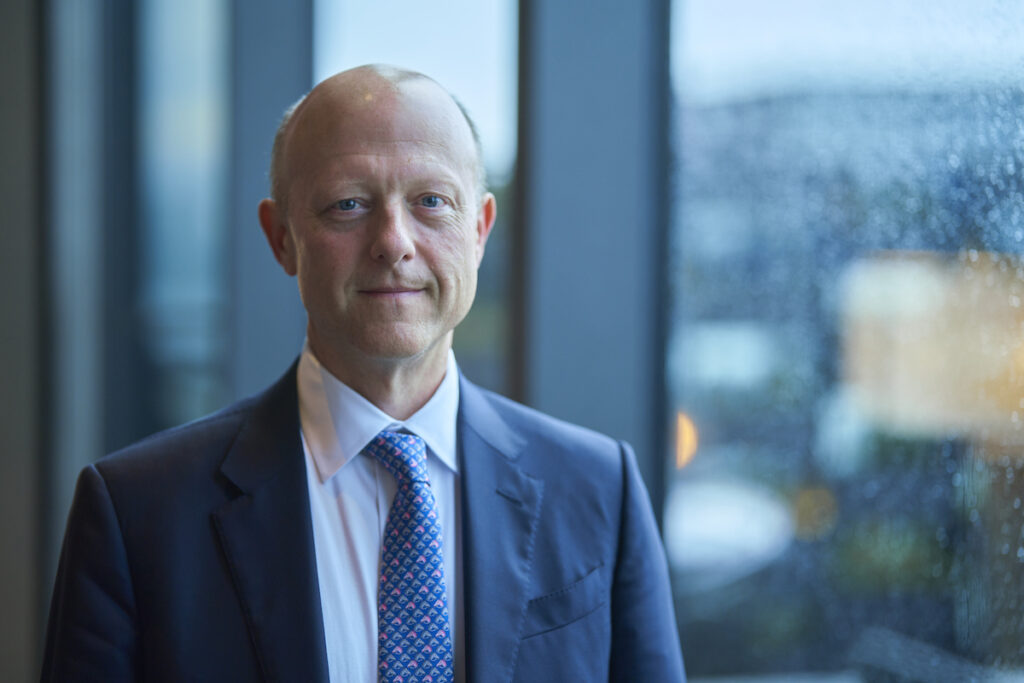

──In Japan, apps like PayPay and LINE Pay are already popular..
I think Japanese payment apps are really great. We are not a consumer payments company. We don’t have a payment app. Payment apps will occupy a large position in the future. And in most markets around the world, we believe most payment apps should support stablecoins.
One of the problems with payment apps right now is that they are closed. It’s a so-called “walled garden”, and you can only interact with the same apps. For example, even if you have the US money transfer app Venmo, you can’t send money to PayPay, Ali Pay, or Cash App.
Stablecoins allow greater interoperability between wallets. In other words, digital wallets should be able to exchange money with different digital wallets using stablecoins. It’s like having an email address and being able to send emails to people using different email apps and services.
Stablecoins are like open protocols for moving value between any digital wallet. USDC and Eurocoin are open protocols, and anyone can develop and use plugins. You don’t have to negotiate with Circle to add USDC support to your app.
You can support USDC by developing an app and connecting it to a USDC smart contract. It is very easy for wallet developers to connect to open networks that move value. A stablecoin is like a platform that many people can build apps on, allowing different payment apps to work together.
──Finally, what kind of company will Circle become in the next 5 to 10 years?.
Circle thinks of itself as a financial platform company. Internet technology company and financial infrastructure company. And we would like to provide market infrastructure and platform, and provide an environment where many people can develop on it. Some will be more like utilities for the regulated financial markets, some more like software technology and internet technology companies.
Blockchain technology, the internet, open source software, all of these are now combined with a monetary system to upgrade the global monetary system to an internet-based financial system. To do that, we need a new type of company.
We will not be a lending company that takes risks. We are not a bank that takes risks. We want to provide the safest infrastructure, the safest utilities.
|Interview: Shigeru Sato
|Text: Takayuki Masuda
|Photo: Keisuke Tada
The post Stablecoin US Circle Starts Considering Issuance in Japan: CEO Interview | CoinDesk JAPAN | CoinDesk Japan appeared first on Our Bitcoin News.

 2 years ago
117
2 years ago
117
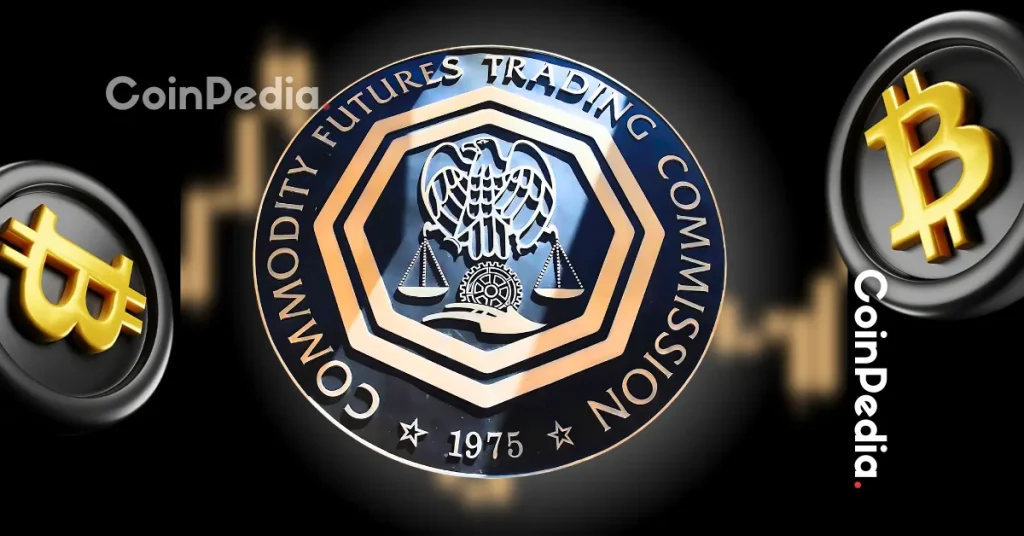


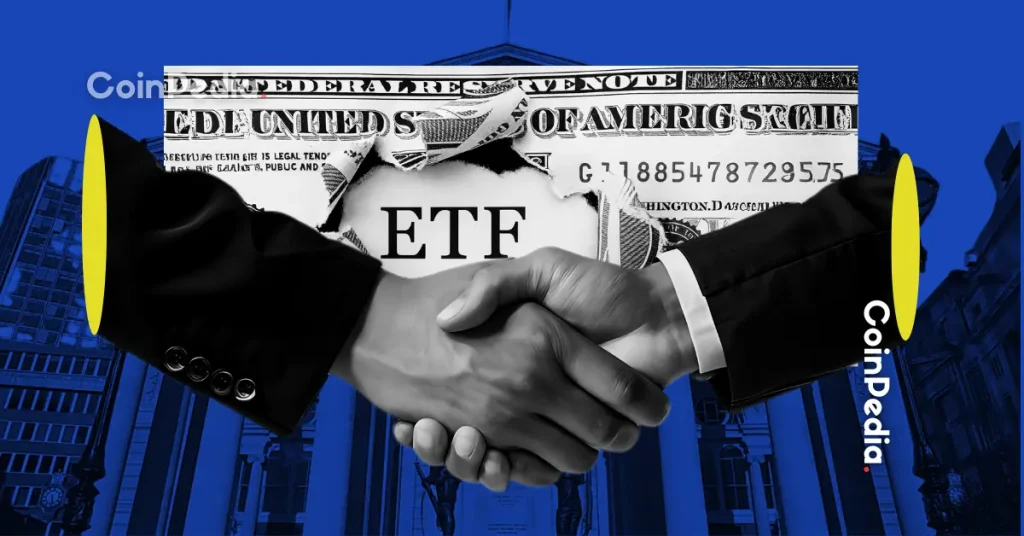










 English (US) ·
English (US) ·